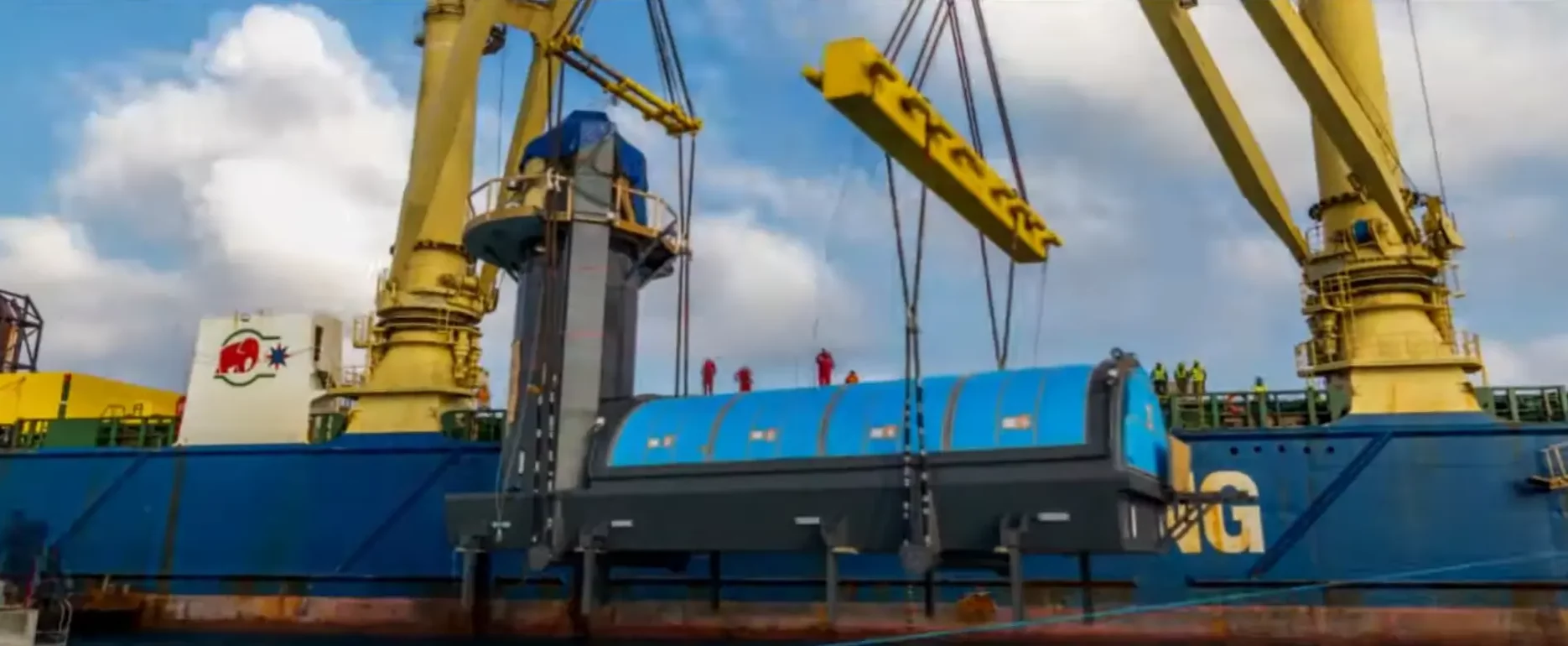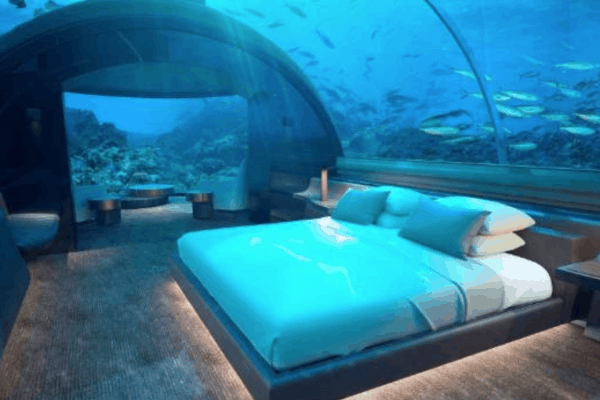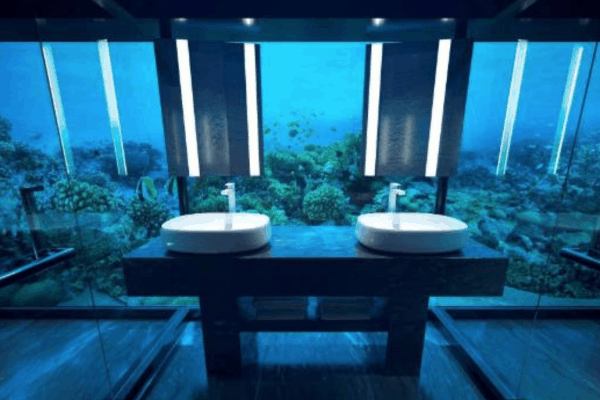The restaurant, measuring 18 x 5 x 13 metres tall, was submerged 15 metres underwater at the spectacular Hurawalhi Island Resort. The 415 tonne structure was loaded onto a special Jumbo Shipping carrier in New Plymouth on 11 February 2016, arrived in the Maldives on 2 March and was lowered over the side to rest on eight steels piles.
The restaurant itself is completely Kiwi built and Kiwi designed and every solution was Kiwi-conceived. The main challenge for the project partners to understand how the fitted with the overall project – building a new island resort.
There were challenges. The Maldives has a different regulatory system and a much lower standard of regulatory control, so for example, building consent was granted on the basis of the artistic sketch designs. Further, many infrastructure decisions we needed to be made to support our design had not been completed in time for us to incorporate into our design.



